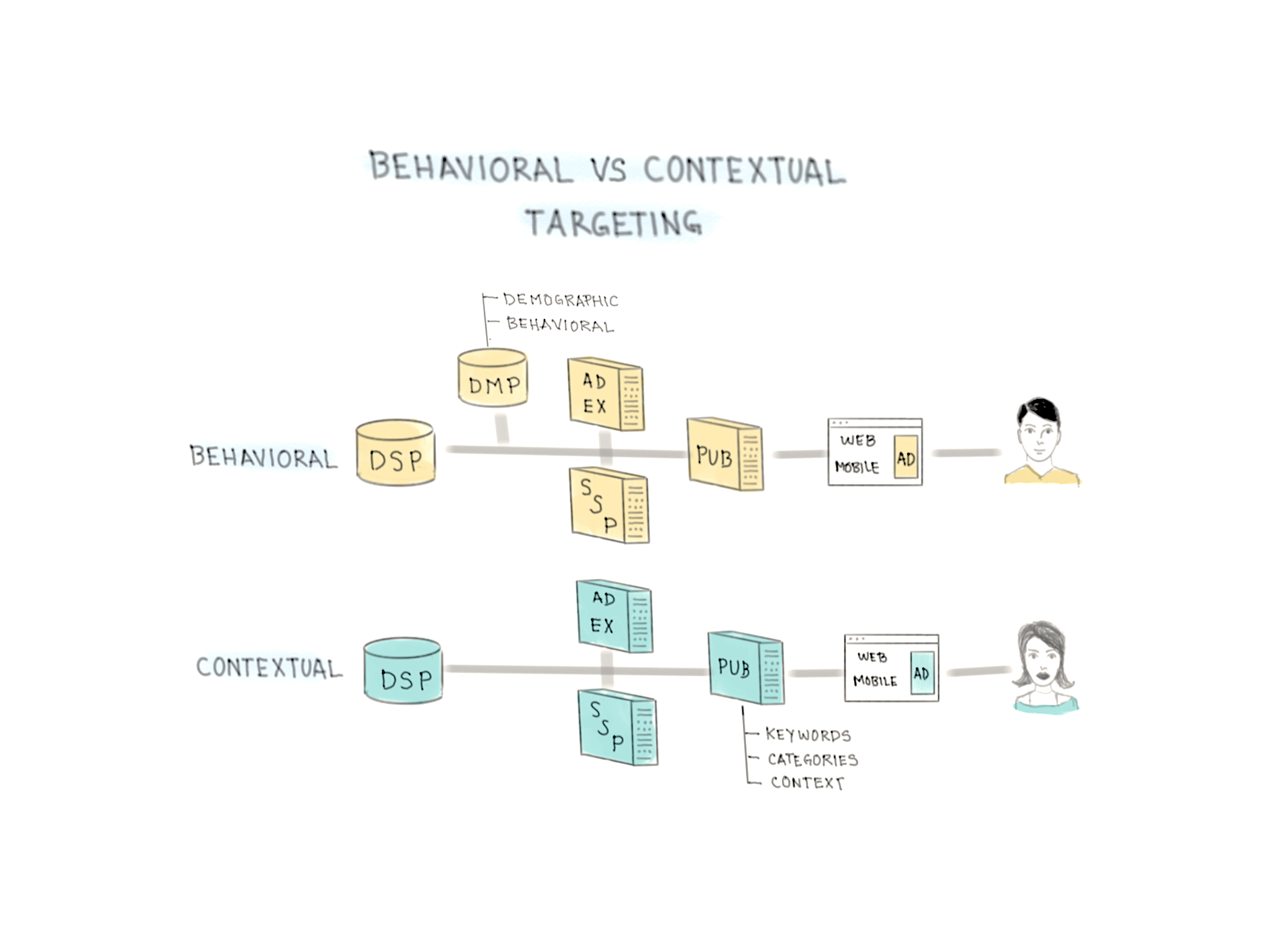From a marketing perspective, enabling the healthcare or prescription journey is a complex landscape of intertwined stakeholders, regulations, technologies and touchpoints. The interests and needs of healthcare providers (HCPs) and patients will converge and diverge at different points. Having the right technology infrastructure and targeting strategies is key to the successful completion of this journey.
As usual, my sketch over simplifies things but it does capture the key technology platforms, data models and touchpoints at each stage of the journey. For the most part, platforms and strategies stack on top of previous ones as we move along the journey–rather than being solely use in one stage. Given that healthcare is a highly regulated industry, a strong privacy and data governance strategy is of the upmost importance.






